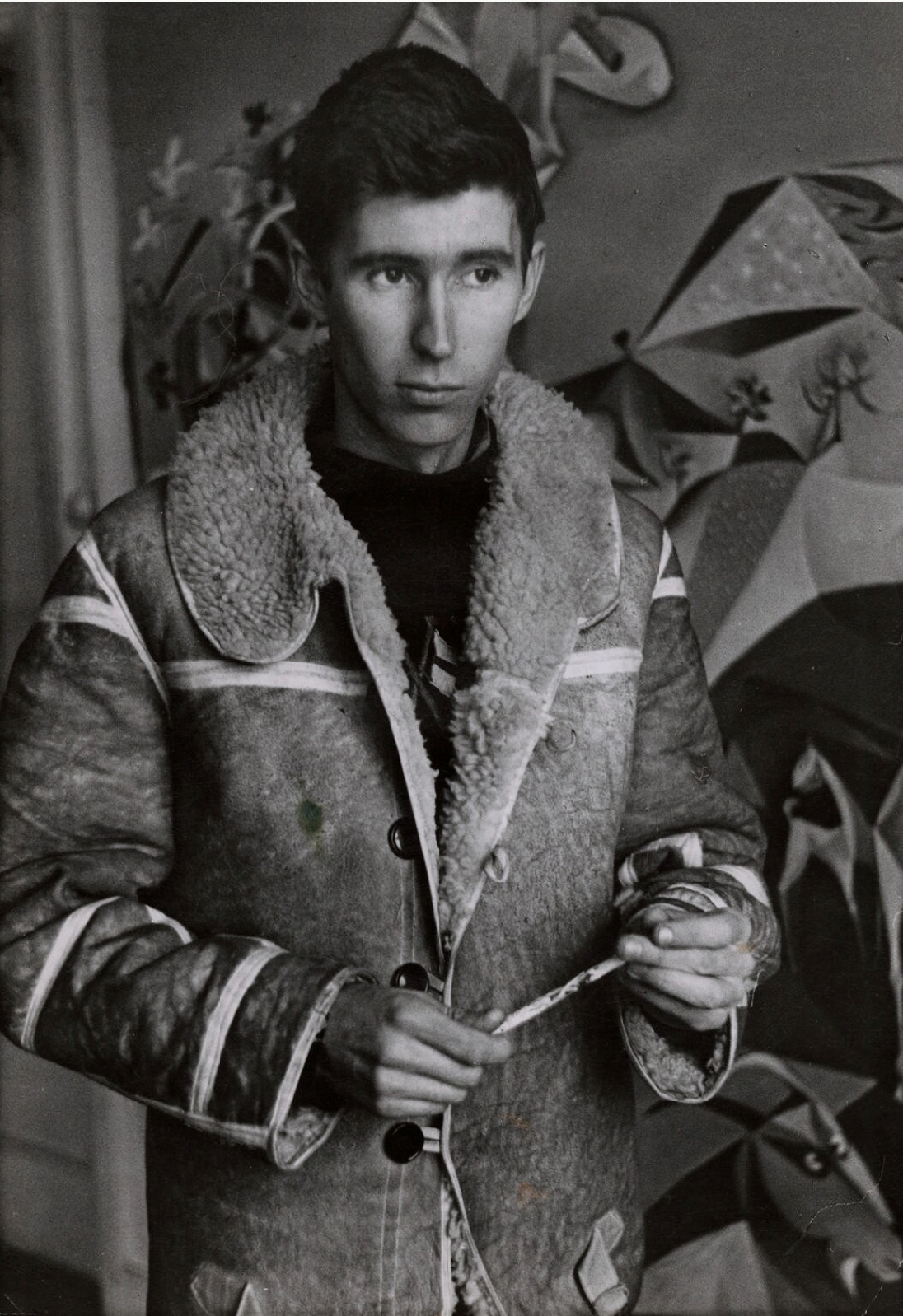Still Life: Finding Beauty in Plainness
William Nicholson’s The Silver Casket and Red Leather Box, 1920. Photograph: Private collection
I recently attended an excellent exhibition examining the story of still life in Britain. (‘The Shape of Things: Still Life in Britain’ is at the Pallant House Gallery, Chichester until 20 October.)
‘Those two words [still life] imply an undercurrent of meaning at once poignant and vital, suggesting objects curiously related to each other, silent, composed, in tranquil, even ominous, association.’
Michael Ayrton
Historically considered to be a lesser form of painting, still life first became popular in Britain in the 17th and 18th centuries, following the import of Dutch work in the genre. (The English term still life derives from the Dutch word stilleven.)
Early still life paintings sought to convey the transience of human existence through arrangements of meaningful objects, such as clocks and skulls. They were known as ‘vanitas’ (a reminder of the futility of pursuing material wealth) and ‘memento mori’ (a reminder of our mortality).
Edwaert Collier’s vanitas of 1694 presents books, a globe and an engraved portrait of Caesar Augustus, alongside a recorder, lute and oboe. The message is that earthly knowledge and power are fleeting. Once an instrument is put down, the music stops.
Symbolism abounds in these works. Playing cards connote pleasure, chance and fate. Grapes, peaches and plums represent fertility and romance. Roses suggest love and the Virgin Mary, and carnations imply resurrection and eternal life. If you look closely, you’ll notice that some of the rose petals are wilting; the plant's leaves are brown at the edges; and a grape has fallen from the bunch. Beauty, like life itself, does not endure.
In modern times still life has offered artists the opportunity to explore colour, form and materials. Breaking free from a more naturalistic approach, everyday objects could be reduced to abstract blocks of pure pigment. Ben Nicholson painted the striped and spotted jugs, mugs and glassware that he had in his studio, interpreting their forms and patterns in varying degrees of representation and abstraction.
‘Furniture such as couches, chairs, bookcases and tables… involve planes, horizontal, vertical and inclined, angles, right, acute and obtuse, directions, divisions, dimensions and recessions; contrasts of masses, light and shade, in fact, the basic material for creating the structural harmony.’
Paul Nash
Meredith Frampton, Trial and Error
In the 1920s and ‘30s surrealist artists revealed the strangeness in the ordinary, making arresting arrangements of familiar objects to expose the subconscious. Meredith Frampton precisely painted an artist’s model of a head and placed it on an open sketchbook. There is a pear sitting on a funeral urn; a white carnation in a tea pot; a queen of spades playing card.
Subsequently pop artists blurred the boundaries between ‘high’ and ‘low’ art, drawing our attention to the proliferation of marketing imagery. In Eduardo Paolozzi’s brightly coloured collages, American salespeople jostle with Mickey and Minnie Mouse, White Star Tuna, Coca-Cola and Kool-Aid.
Over the years still life has evolved into many different forms of expression. But perhaps its enduring appeal resides in its invitation to close observation and contemplation.
‘There is a place in our lives for small pictures… Looked at in stillness, hidden forms take shape; and forms, like words, have their references, haunted by experience, extending into a half-conscious dream world.’
Valentine Dobrée
Dod Procter (1892–1972)-Black and White. Southampton City Art Gallery
William Nicholson asks us to consider an elegant silver casket sitting on top of a red leather box, the light shimmering on the metal, reflecting the unseen room. Dod Procter paints her shawl, gloves and ermine wrap, perhaps deposited on the hall table after a night on the town. Eric Ravilious depicts a forlorn jug of bracken fronds and cow parsley, casting a melancholy shadow on the tabletop.
More recently Rachel Whiteread has explored the negative spaces between objects. A white plaster imprint of three bookshelves suggests a lifetime of thought and ideas; of private moments and quiet introspection.
‘I find beauty in plainness.’
William Scott
The themes at the heart of this exhibition may resonate with those of us that work in the world of marketing and communications. Many of us sell ordinary objects, performing modest roles in everyday lives. Too often we exaggerate the value and significance of our brands. We are prone to hyperbole.
Untitled (For Frank) (1999), Rachel Whiteread. Pallant House Gallery, Chichester. © the artist
Perhaps we would do well to seek instead the beauty in their plainness.
Still life asks us to pause, look and reflect, in the unbroken silence; to find meaning in the mundane. Life may be fragile and fleeting, but it is also beautiful.
'I can hardly bear the sight of lipstick
On the cigarettes there in the ashtray,
Lying cold the way you left them,
But at least your lips caressed them while you packed.
And a lip print on a half-filled cup of coffee
That you poured and didn't drink.
But at least you thought you wanted it.
That's so much more than I can say for me.
It's been a good year for the roses,
Many blooms still linger there.
The lawn could stand another mowing,
Funny, I don't even care.
When you turned and walked away,
And as the door behind you closes,
The only thing I know to say,
It's been a good year for the roses.’
George Jones, 'A Good Year for the Roses’ (J Chesnut)
No. 486















